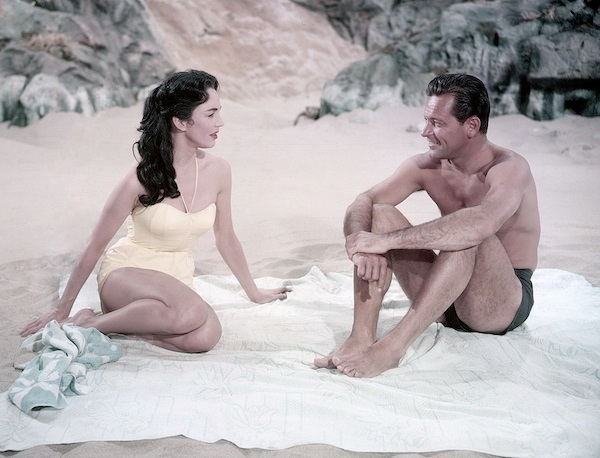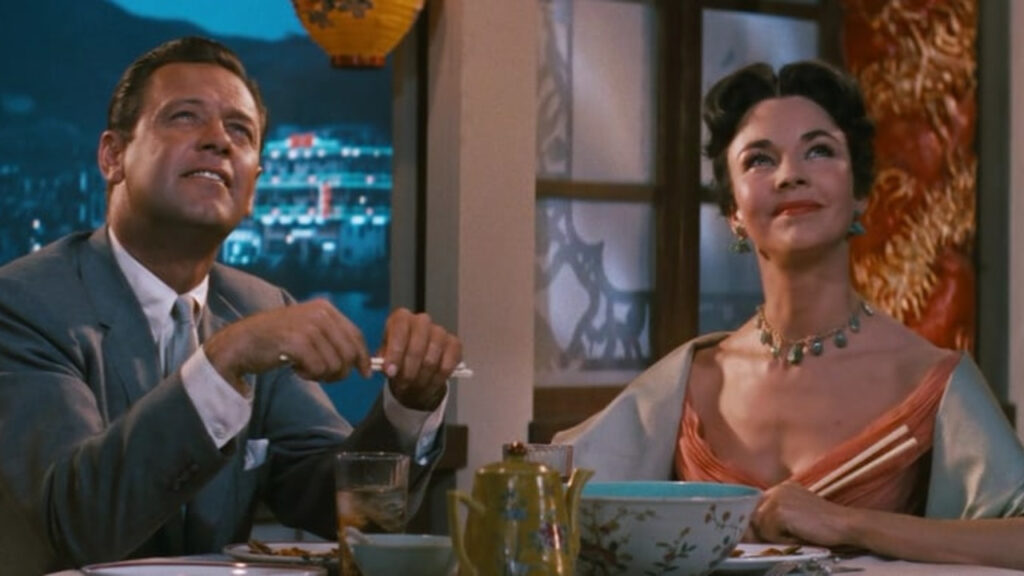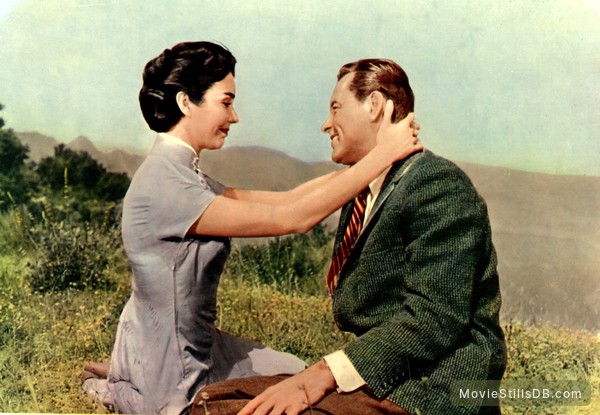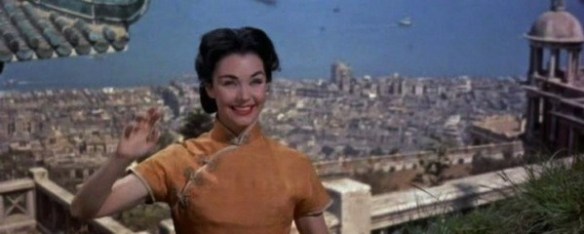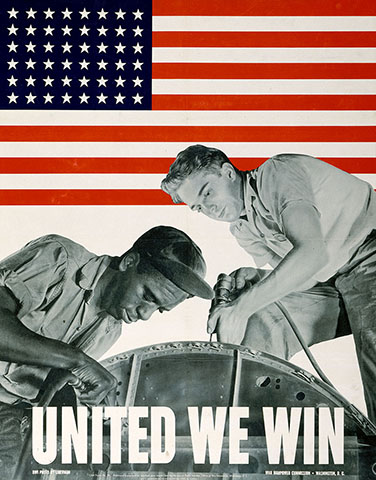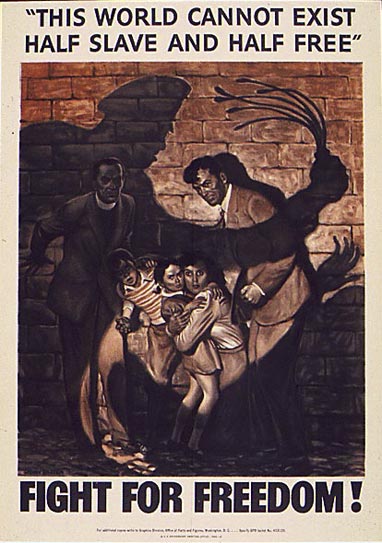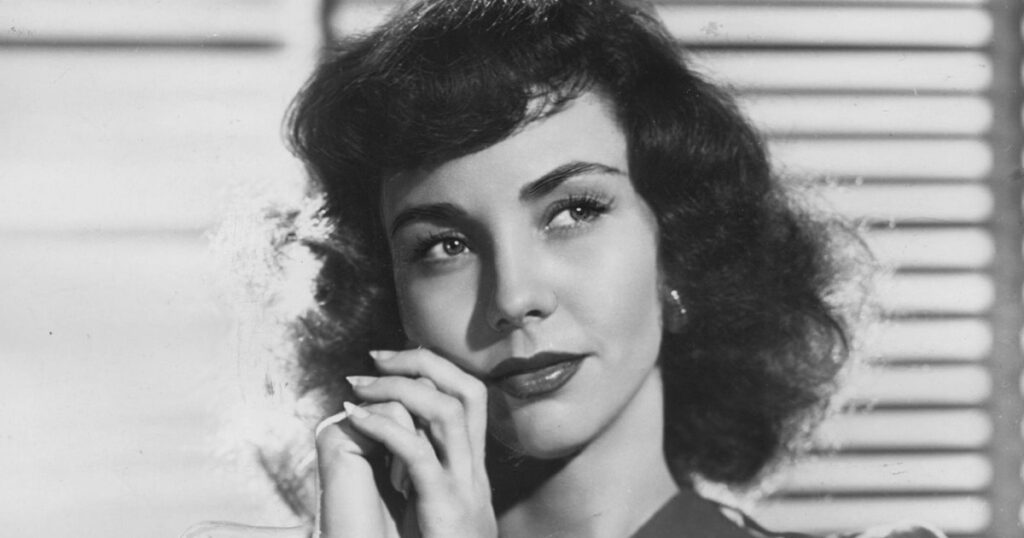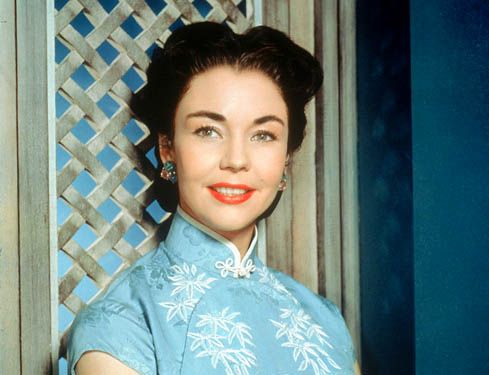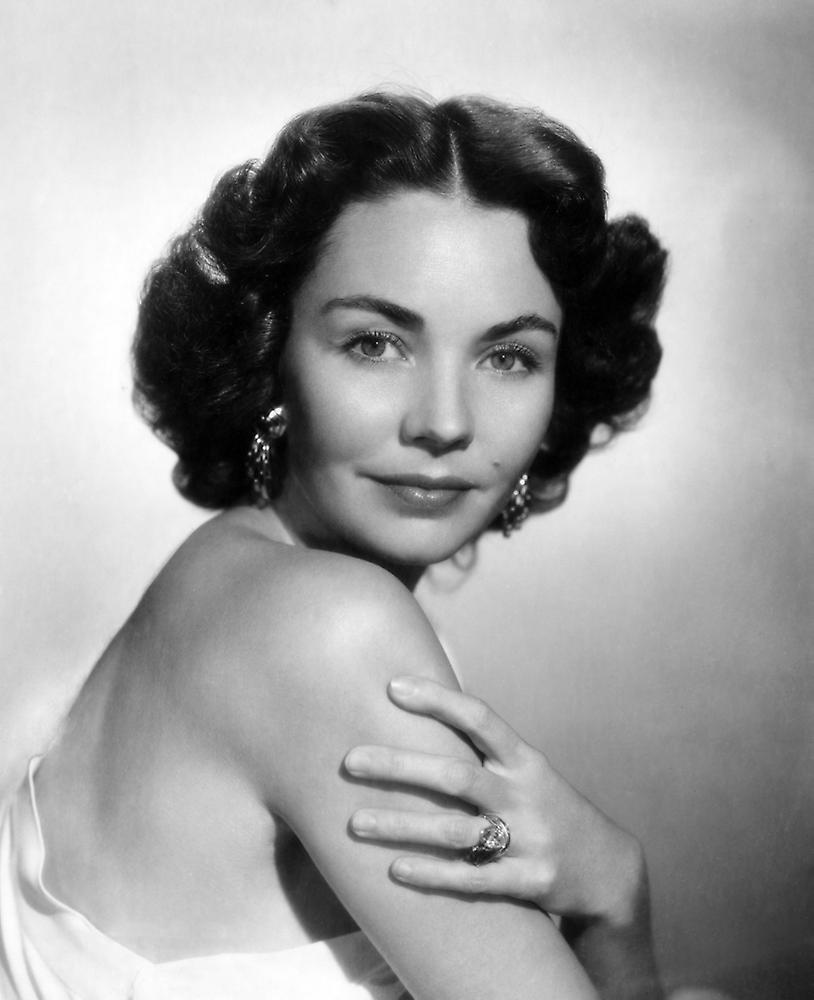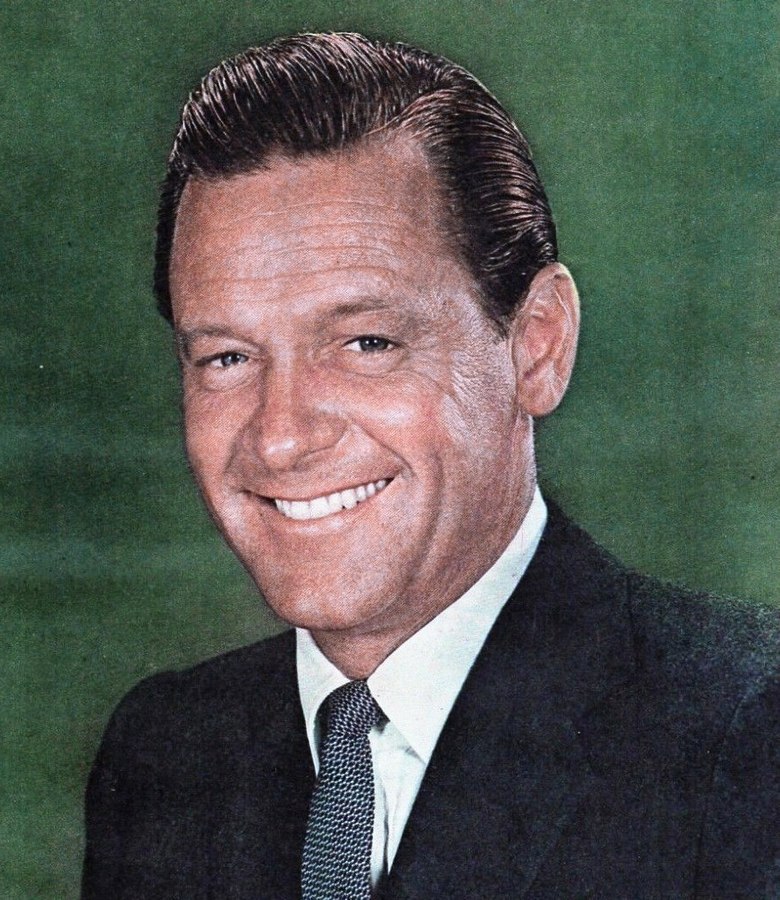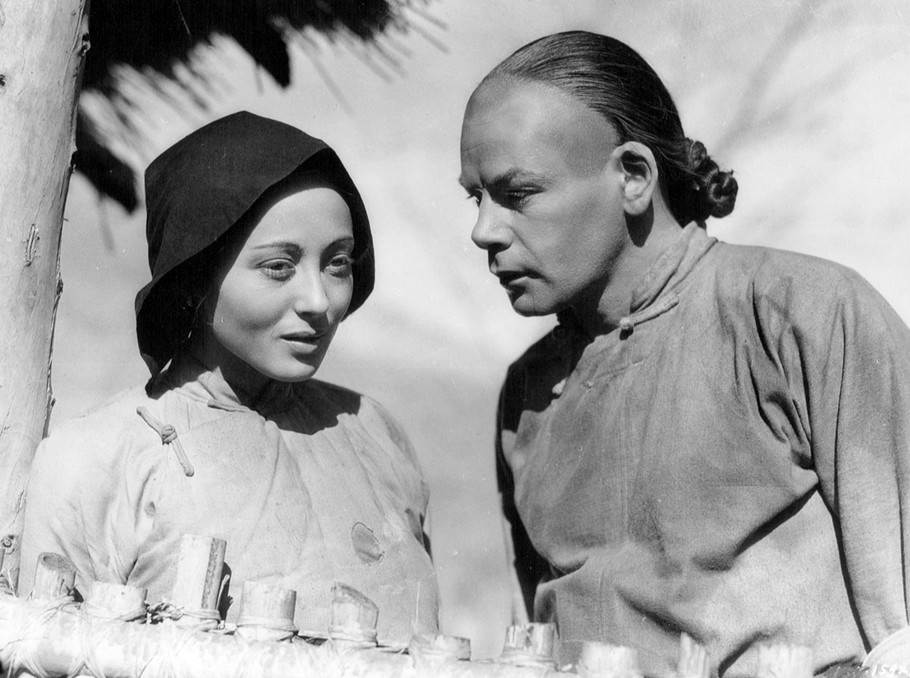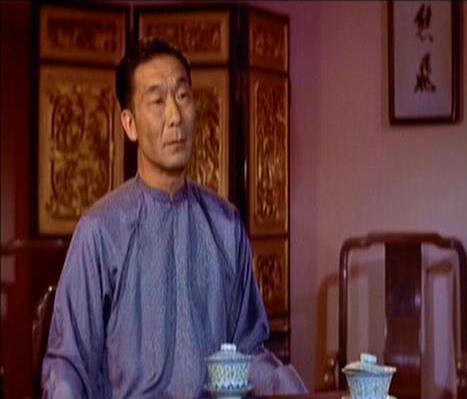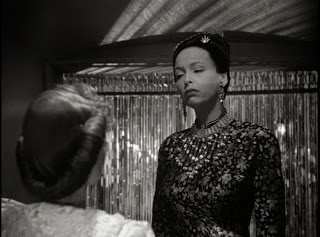
Love is a Many-Splendored Thing (1955) is another example of how films were watered down in the 1950’s to smooth over or disguise controversial themes in films. Based on a book from a real life story, the Production Board repeatedly refused to sanction the filming because of the themes of adultery and miscegenation– mostly only the latter, which was still an unfortunate big deal to many at the time. It finally got watered down enough to be approved, but it came at quite a price.
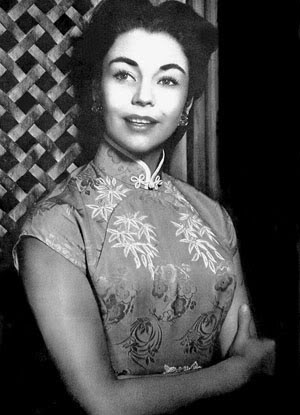
Struggling with social mores of the time
Trying to make a romance film in 1955 about adultery and miscegenation was going to be hard to begin with.
At the end of the Second World War and into the 50’s, filmmakers were trying to push the bounds of the Production Code (colloquially known as the Hayes Code.)
America had come home from a war fought on the extremely high principals of Freedom and Equality and were looking for change. Filmmakers wanted to explore these social issues without the restraints of the Code diluting their message.
Brave filmmakers fought hard to push the limits right up to the edge, each one successively allowing the next one to go that much further.
But it was still a war. Though pushed, the films of the 50s were so watered down that their messages were muddled or downright lost. Giant starring James Dean is a perfect example. George Stevens was trying to make a film about racism, though you’d hardly know it today when you watch it. While not absent, the themes are always just grazed upon in the majority of films from this era attempting to make social commentary.
King tries to strike a balance
Director Henry King wanted Love is a Many Splendored Thing to go as far as possible, but he knew compromises were going to have to be made. At the top was the casting of Jennifer Jones in the lead. A very beautiful and popular actress, she by no means looked the slightest bit Eurasian in the film. In fact she often appeared to be more European in terms of skin color than William Holden. (personal disclosure, I have two Eurasian first cousins–half European, half Japanese–and they don’t look a thing like Jennifer Jones did in Love is a Many Splendored Thing.)
Crafting Jennifer Jones
They seem to have been trying to strike a delicate balance with Jones, trying to make her appear both Asian and European.
To help her appear more Asian, they used clothing and almost never allowed her to use contractions in her dialogue. She also had very noticeable perfect posture. But also appearing very European so as not to offend certain segments of the world audience.
It was almost like they were trying to get the audiences to think “yeah, but” as in “yes she’s Asian but look at her, I guess this isn’t so bad.” The casting was even criticized at the time of production.
But King knew if he was going to get anywhere he had to make her, well, less Asian looking in order to get audiences tricked into going along for the ride and becoming involved in the love story.
It was 1955 and while America was just becoming more conscious of racial issues, it was at it’s very beginning.
Beauty
King knew something else. Audiences love beauty, whether they admit or recognize it or not. It makes it much easier to draw the audience to them, getting them involved with what the characters want and need. In this regard, Jones and Holden were perfect choices. Jones, then 36, was still exceptionally beautiful and Holden was at the peak of his attractiveness in the 50’s.
Lack of Conflict
King also wanted to avoid conflict in the film so as not to distract the audience from what he was really trying to get them to look at, even if much of it was going to be almost subliminal. Stories are driven by conflict. This does stand out as a rather noticeable flaw. Conflicts are all handled very lightly. They dance all the way up to the subject but always back off. It’s sort of a metaphor for what King himself was having to do to make the film. Another consequence is that they lost a great deal of emotional investment from the audience. Getting audiences connected and committed to the characters is what separates a good movie from a great one.
Important Landmarks
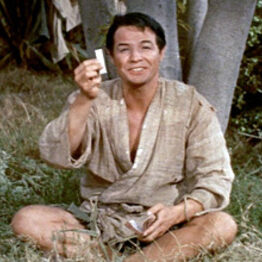
Despite all this, King accomplished two extremely admirable things in making the movie.
First, the rest of the Asian characters were cast with Asian actors.
This had never been seen before since Asians had always been seen as “background,” rarely having a speaking role. Those roles went to white actors made up to look Asian.
Here there are no stereotypes of Asians wearing thick glasses with thick accents, but real characters.
The second was, despite the opportunity, King didn’t stoop to having a “Sinister Asian” in the story. This had also been a frequent device in film. Gale Sondergaard literally made a career out of it.
There is one more extremely important thing. Holden’s character never, ever has any compunctions or doubts about being involved with a woman of another race. Ever. Likewise, no one in the film ever criticizes the romance on racial grounds. For 1955, these were firsts.
Hurricane Jennifer
Jones behaved herself appallingly all through production and treated the crew horribly. Always complaining about her clothes and dialogue and that her makeup made her look old, she and Director Henry King quarrelled often. Jones, married to the once powerful producer David O. Selznick, would often storm off saying “I’m telling David about this!”
The quarrels didn’t end there. Despite the very real, strong chemistry on screen, Jones and Holden detested each other. Jones always chewed garlic right before any scene where they would have to kiss. It has been speculated that Jones was trying to discourage Holden from making sexual advances towards her. Holden had a reputation as a womanizer and had just come off a highly publicized affair with Audrey Hepburn. William Holden also had a reputation for being very gentlemanly. He tried to make peace with Jones one day by giving her a bouquet of white roses, she literally threw them into his face.
All the rest
Despite everything, Love is a Many Splendored Thing still has it’s moments and delivers some real emotional responses–especially at the end (remember, all true love stories end in tragedy.) Overall it still works. Despite all that can be said about Jones, she gives a very good performance, along with Holden. There is indeed a palatable chemistry between the two of them–an all important element in a love story. Audiences are easily drawn to two very attractive, stable characters such as these. King crafted a very visually appealing film, with cinematography, sets, and costumes in perfect harmony. The famous musical score remains one of the most recognizable scores in film history. As a viewer you are drawn into the story despite the deficiencies that stand out today.
The Legacy of Love is a Many Splendored Thing
The film was very popular. Nominated for eight academy awards including Best Picture, Best Actress (Jones,) Best Cinematography and Sets, it won for its costumes, its score and title song which are still fully recognizable today. From a budget of $1.3 million it took in over $4 million at the box office.
Today, Love is a Many Splendored Thing represents how far but no further Hollywood dared go. The themes were still there, but they never went too deep with them. Any time they got close to doing more, they always backed off, leaving things with a positive mood. But also on the positive side, within the film there was never any true criticism of them by any of the other characters. So they were trying real hard, but were ultimately hamstrung by the constraints of the times. We’re left with something of a muddle, but in the end audiences will be fully drawn into the love story and forget the rest.
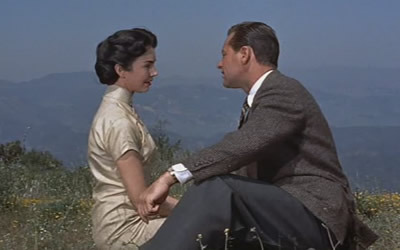
The “high and windy hill” in Topanga State Park in Los Angeles, not far from the set for the TV show Mash 
